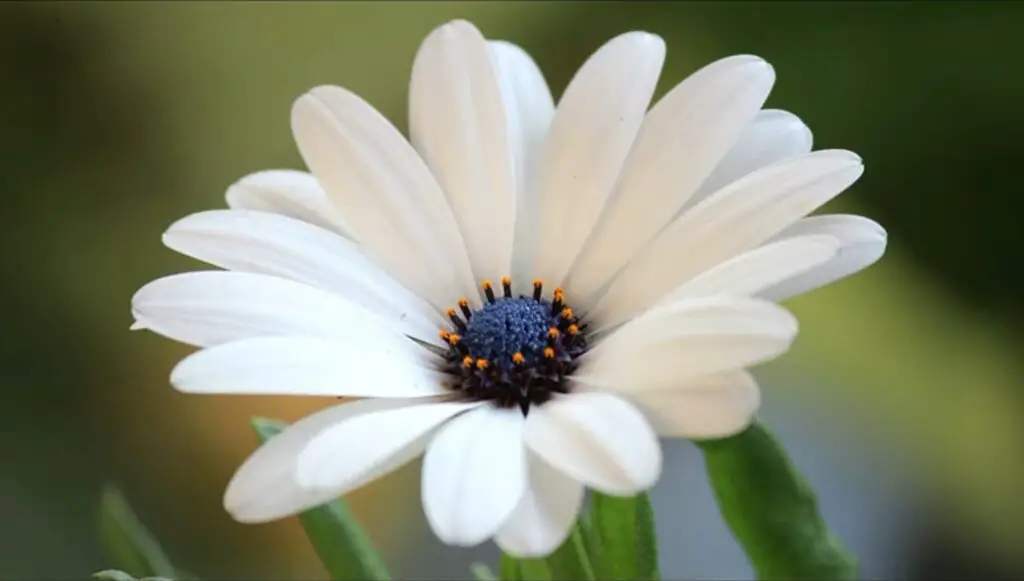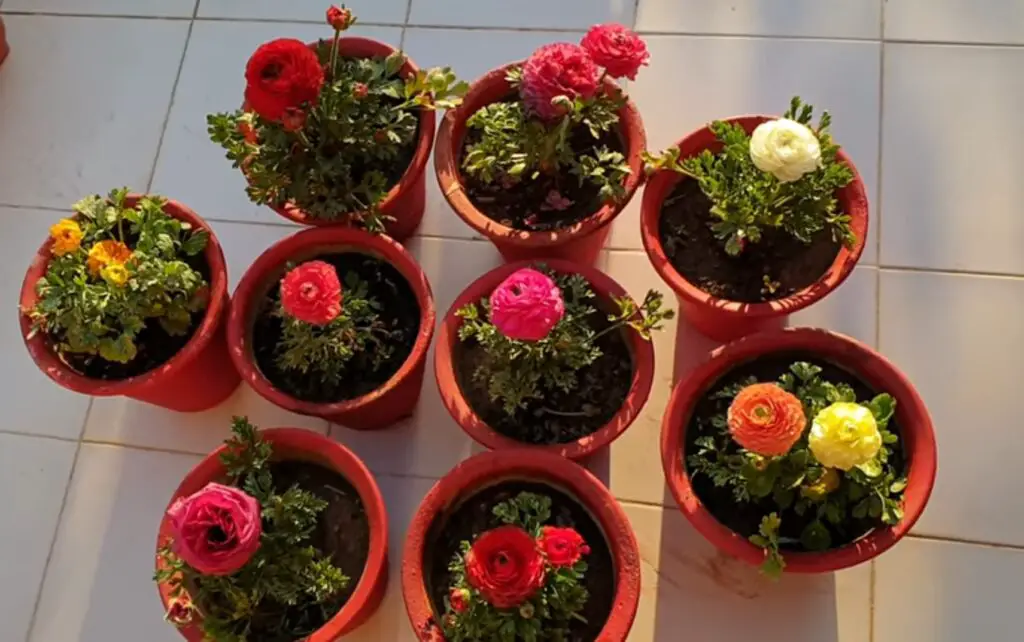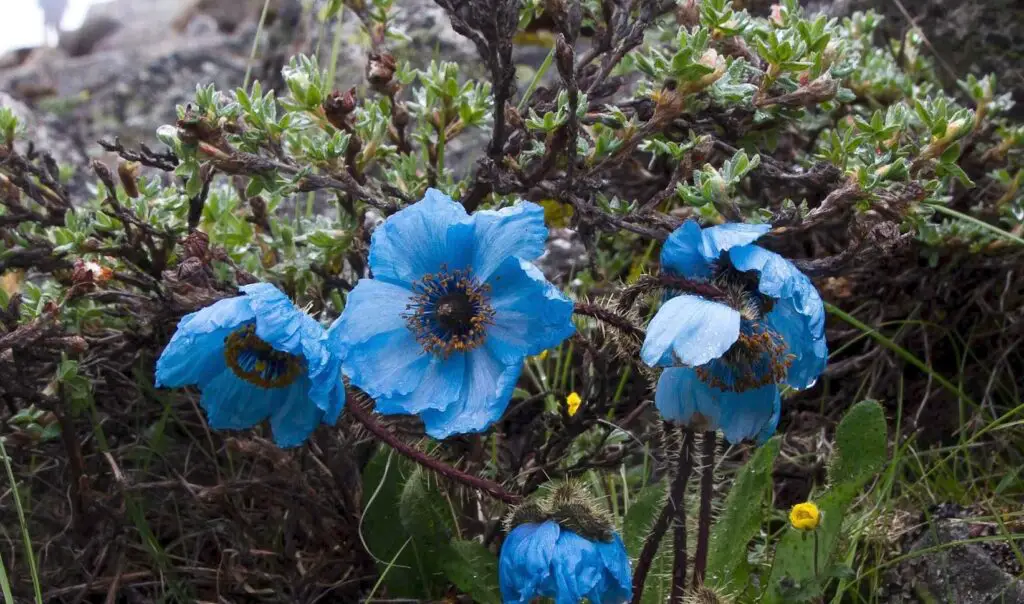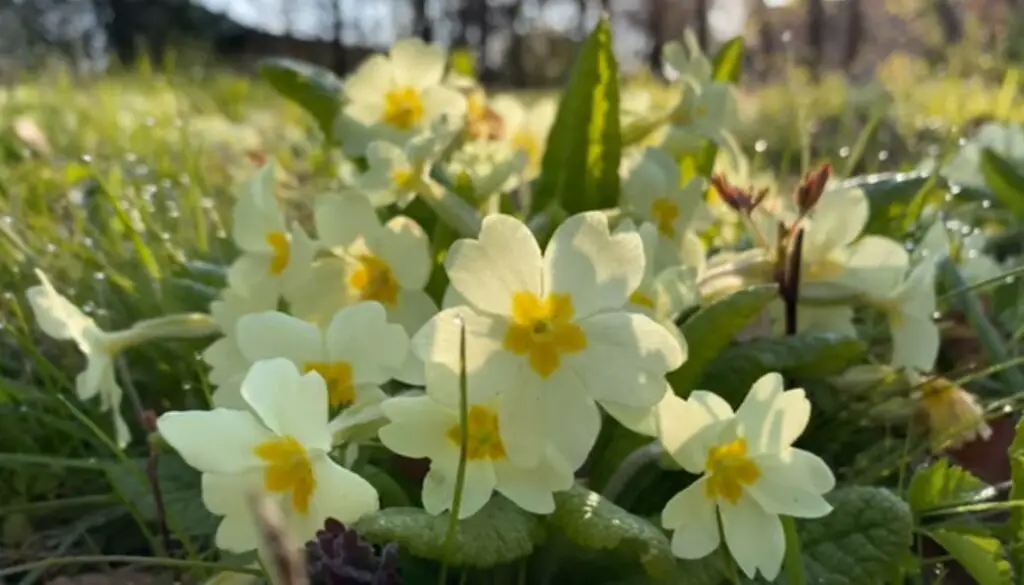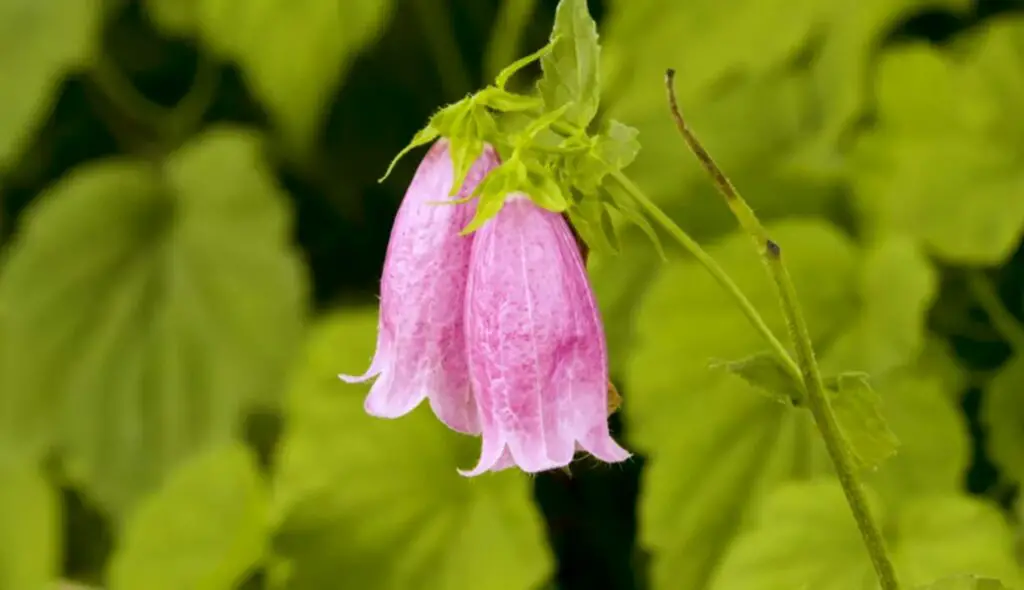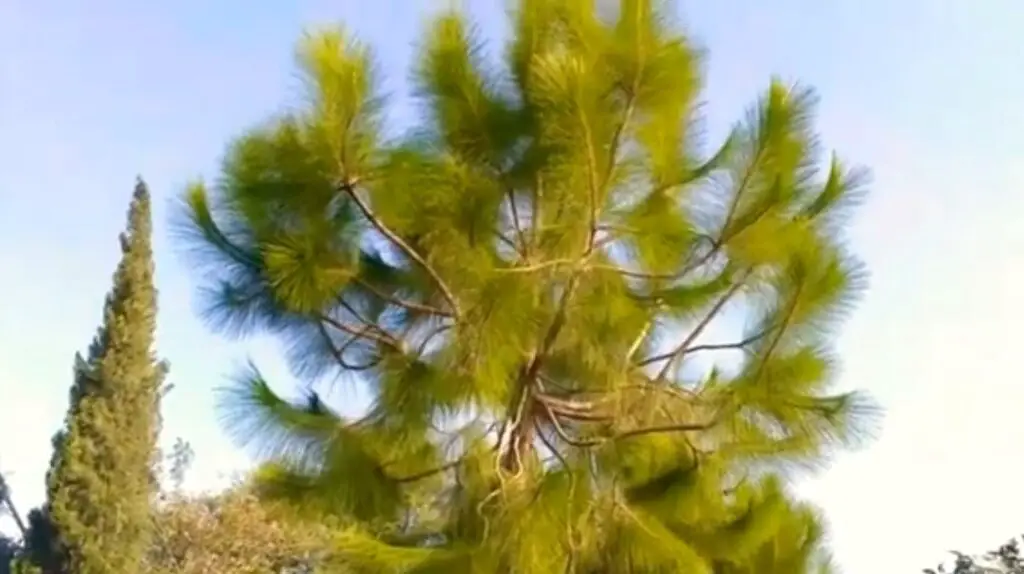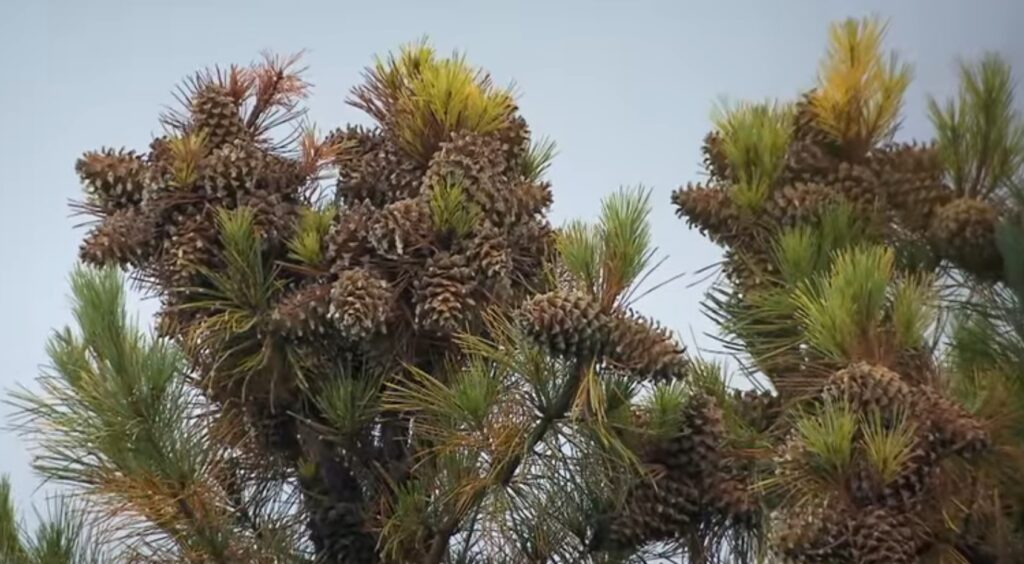Bellis Perennis, also known as the common daisy, is a small herbaceous perennial plant that belongs to the Asteraceae family. It is native to Europe and Western Asia, but it has been naturalized in other parts of the world, including North America.
Bellis Perennis Uses
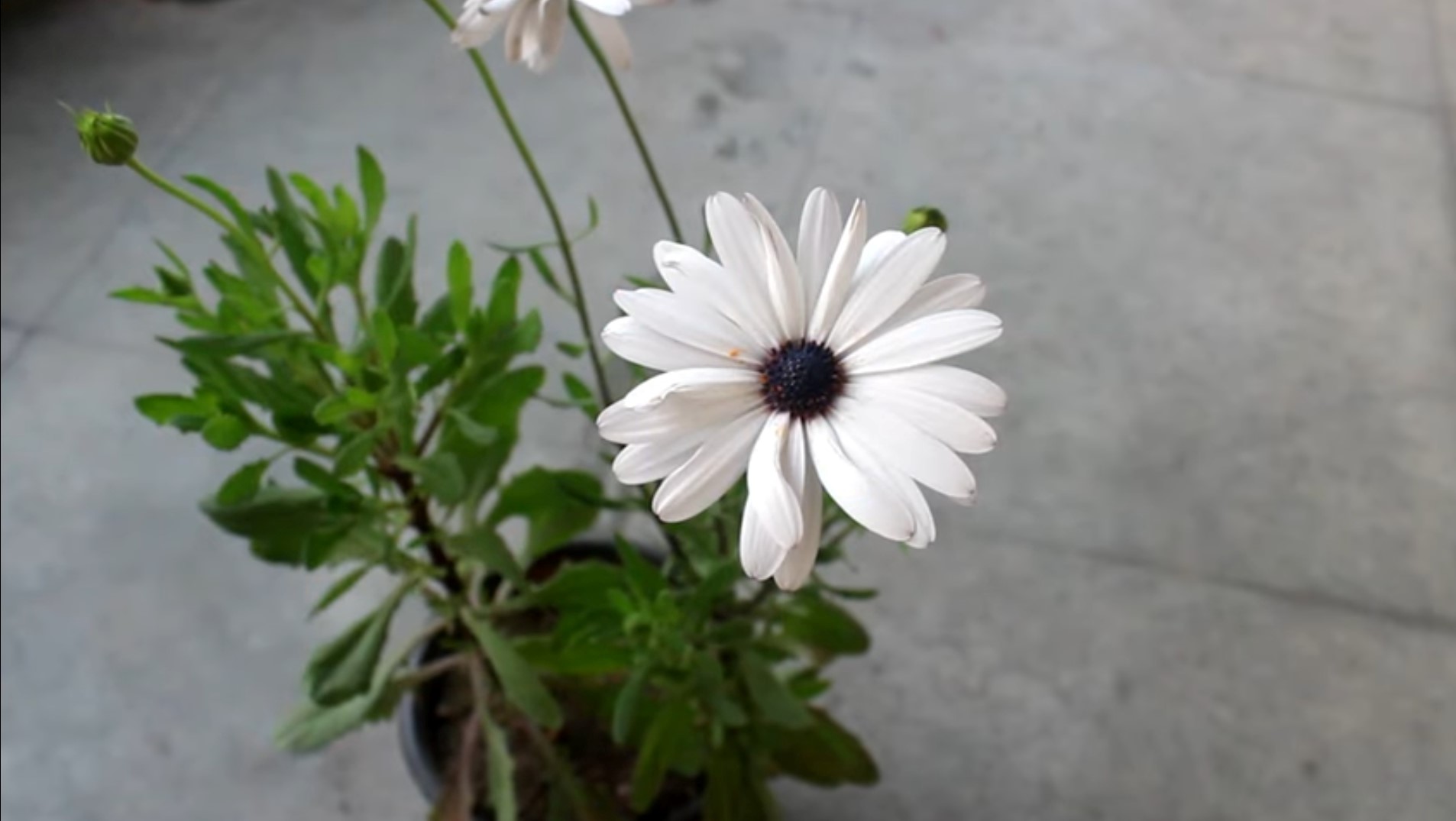 Bellis perennis has several uses in medicine, cosmetics, and even culinary arts. Here are some of the uses of Bellis perennis:
Bellis perennis has several uses in medicine, cosmetics, and even culinary arts. Here are some of the uses of Bellis perennis:
Medicinal use: The leaves and flowers of Bellis perennis have been used for centuries in traditional medicine to treat a variety of conditions such as respiratory infections, digestive problems, skin irritations, and wounds. Modern research has shown that Bellis perennis may have anti-inflammatory and antioxidant properties, which could make it useful for treating these types of conditions.
Cosmetics use: Bellis perennis is also used in cosmetics and skincare products for its skin-soothing and anti-inflammatory properties. It is commonly found in moisturizers, facial creams, and serums, and is said to help improve skin texture, reduce inflammation, and promote healthy-looking skin.
Culinary use: Bellis perennis is also edible and can be used in culinary arts. The young leaves and flowers can be eaten raw or cooked and are said to have a slightly bitter, slightly spicy taste. They can be added to salads, soups, and stews, or used as a garnish.
Ornamental use: Bellis perennis is a popular garden flower due to its bright colors and delicate appearance. It is often used in flower beds, borders, and containers, and can be grown in both sun and shade. Bellis perennis is also used in floral arrangements, making it a popular cut flower.
The common daisy has a rosette of leaves at the base and produces small white or pink flowers that measure about 2-3 cm in diameter. The flowers have a yellow center and are surrounded by a ring of white or pink petals. The plant blooms in spring and summer and can grow up to 15 cm tall.
The common daisy is a hardy plant that can thrive in a variety of conditions, including full sun or partial shade, and well-drained soil. It is often used in gardens and landscapes as an ornamental plant, and it is also a popular choice for container gardens.
Bellis Perennis Benefits
Bellis perennis, also known as the English daisy, has several potential health benefits. Here are some of the benefits associated with the use of Bellis perennis:
Anti-inflammatory properties: Bellis perennis is believed to have anti-inflammatory properties that may help reduce inflammation and swelling. This makes it useful for treating conditions such as arthritis, respiratory infections, and skin irritations.
Digestive benefits: Bellis perennis has been traditionally used to improve digestive health. It is believed to help stimulate digestion, reduce bloating and gas, and promote regular bowel movements.
Wound healing: Bellis perennis has been used for centuries to treat wounds and skin irritations. It is believed to have antibacterial properties that can help prevent infection and promote healing.
Skin health: Bellis perennis is commonly used in skincare products due to its skin-soothing and anti-inflammatory properties. It is believed to help improve skin texture, reduce inflammation, and promote healthy-looking skin.
Antioxidant properties: Bellis perennis is rich in antioxidants, which can help protect the body against damage from free radicals. This makes it potentially useful in preventing chronic diseases such as cancer, heart disease, and Alzheimer’s disease.
Apart from its ornamental value, the common daisy has several medicinal properties. It has been traditionally used in Europe to treat a range of ailments, including digestive problems, respiratory infections, and skin conditions. It has also been used as a natural remedy for menstrual cramps and to improve overall women’s health.
Modern research has confirmed some of the traditional uses of the common daisy. Studies have shown that it has anti-inflammatory and antioxidant properties, and it may be effective in treating certain skin conditions such as eczema and psoriasis. It has also been shown to have a calming effect on the digestive system and may be effective in treating digestive issues such as bloating and indigestion.
Bellis Perennis Homeopathy Uses
Bellis perennis, commonly known as the English daisy or simply daisy, has several uses in medicine, cosmetics, and even culinary arts. Here are some of the uses of Bellis perennis:
Medicinal use: The leaves and flowers of Bellis perennis have been used for centuries in traditional medicine to treat a variety of conditions such as respiratory infections, digestive problems, skin irritations, and wounds. Modern research has shown that Bellis perennis may have anti-inflammatory and antioxidant properties, which could make it useful for treating these types of conditions.
Cosmetics use: Bellis perennis is also used in cosmetics and skincare products for its skin-soothing and anti-inflammatory properties. It is commonly found in moisturizers, facial creams, and serums, and is said to help improve skin texture, reduce inflammation, and promote healthy-looking skin.
Culinary use: Bellis perennis is also edible and can be used in culinary arts. The young leaves and flowers can be eaten raw or cooked and are said to have a slightly bitter, slightly spicy taste. They can be added to salads, soups, and stews, or used as a garnish.
Ornamental use: Bellis perennis is a popular garden flower due to its bright colors and delicate appearance. It is often used in flower beds, borders, and containers, and can be grown in both sun and shade. Bellis perennis is also used in floral arrangements, making it a popular cut flower.
Types of Daisies Flowers
There are several different types of daisies, each with its own unique characteristics and growing requirements. Here are some of the most popular types of daisies:
Shasta Daisy – The Shasta daisy is a hybrid of several different types of daisies, and it features large white flowers with yellow centers. It blooms in late spring and early summer and can grow up to 3 feet tall.
African Daisy – The African daisy, also known as the Cape daisy, is a colorful daisy that is native to South Africa. It features large, brightly colored flowers in shades of orange, yellow, and pink.
Oxeye Daisy – The Oxeye daisy is a common wildflower that is native to Europe and has spread throughout North America. It features white petals and a yellow center and can grow up to 2 feet tall.
Gerbera Daisy – The Gerbera daisy is a popular cut flower that is known for its large, brightly colored blooms. It comes in a variety of colors, including red, pink, orange, and yellow.
Michaelmas Daisy – The Michaelmas daisy, also known as the Aster, is a fall-blooming daisy that features small, dainty flowers in shades of blue, pink, and purple. It can grow up to 6 feet tall and is native to North America.
Painted Daisy – The Painted daisy, also known as the Pyrethrum daisy, is a colorful daisy that is native to Europe and Asia. It features bright red or pink petals with a yellow center and can grow up to 2 feet tall.
English Daisy – The English daisy is a small, delicate daisy that is native to Europe but has been naturalized in North America. It features small white or pink flowers with a yellow center and can grow up to 6 inches tall.
In conclusion, daisies come in many different shapes, sizes, and colors, and each type has its own unique characteristics and growing requirements. Whether you are looking for a showy cut flower or a hardy wildflower, there is a type of daisy that is sure to suit your needs.
3 Facts about Daisies
Three interesting facts about daisies:
Daisies are part of the Asteraceae family, which is one of the largest families of flowering plants. The family includes over 23,000 species, including sunflowers, chrysanthemums, and dandelions.
Daisies are not a single type of flower, but rather a group of flowers that share similar characteristics. Most daisies have a yellow center surrounded by white or colored petals.
Daisies have been used for centuries for their medicinal properties. They have been used to treat a variety of ailments, including digestive problems, respiratory infections, and skin conditions. Modern research has confirmed some of these traditional uses and has shown that daisies may have anti-inflammatory and antioxidant properties.
Colour of Daisies Flowers
Daisies comes in a variety of colors, depending on the specific type of daisy. The most common daisy color is white, which is the color of the petals surrounding the yellow center disk. However, some daisies can also be found in shades of pink, red, yellow, orange, and even purple or blue.
Some daisy varieties, such as the Shasta daisy, may have a combination of white petals and a yellow center, while others, like the African daisy, may have petals in multiple colors, such as orange or pink. Overall, the color of a daisy flower can vary greatly depending on the type of daisy and the growing conditions in which it is cultivated.
In conclusion, the common daisy is a small but hardy plant with ornamental and medicinal value. Its white or pink flowers with yellow centers are a common sight in gardens and landscapes, and it has been used for centuries to treat a range of ailments. Modern research has confirmed some of its traditional uses and has shown that it may be effective in treating certain skin conditions and digestive issues.

